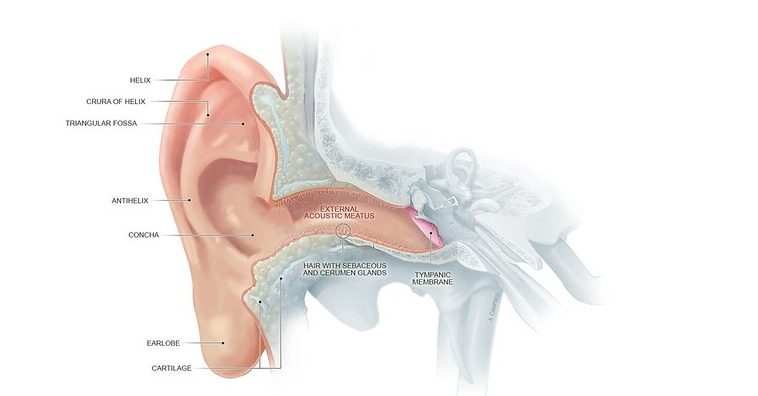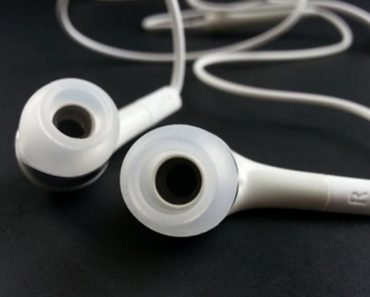The unique shape of the outer ear, or pinna, helps us hear and locate sounds in our environment. The curves, ridges, and folds of the pinna work together to collect sound waves from various directions and guide them into the ear canal.
You are standing in front of a mirror, mindlessly combing your hair and a thought crosses your mind: “Why are my ears like this?”
For almost all of us, they’re twisty, wrinkled and curvy. Why don’t we just have smooth or conical ears?
Recommended Video for you:
What Exactly Is The Shape Of Our Ears?
The function of most mammalian ears is to perceive sound. The ear that allows us to do that consists, broadly, of the outer ear, the middle ear and the inner ear.

The curly and twirly part of the ear is the outer ear, called the pinna or auricle. The pinna is made of flexible, foldable cartilage and skin. The pinna has different parts: the tragus, the helix, and the lobule, while the interior has the hollow, cone-like concha. The outer ear extends from the pinna inward to the ear canal and the outer layer of the eardrum.
Pinna: A Sonic Satellite
Ears are sensitive to sound and can pick up faint melodies. The shape of our ear helps achieve this.
The pinnae act like funnels that collect, amplify, and direct sound waves to the ear canal. Moreover, a different part of the outer ear, the external auditory meatus (EAM), commonly called the ear canal, further amplifies sound waves in a certain pitch range.
The unique shape of the pinnae is not random. The twists and folds amplify the pitch of sounds that are most common in the human voice. They amplify these sounds many times over, while reducing all other noises. All the better to hear you with!
The Pinnae Help In Determining The Direction Of The Sound
This weird shape is actually what tells you whether someone is calling you from the left or right side of your head.
The sounds that arrive from the front and sides of your face are enhanced by pinna. Meanwhile, the sounds from behind you are reduced, creating small differences in the volume of a sound heard by both ears. Collectively, this difference in arrival time helps us locate the source of the sound. The way sound waves interact with the pinnae provides necessary cues to our brain about the direction, distance, and elevation of a sound source. Simply put, the changes in reverberation help us locate the sound.

What If You Had Giant Elephant Ears?
Or, in other words, do bigger ears help animals hear better?
Ignoring how whimsical you’d look, people have already experimented with hand-made funnels, and, lo and behold, they do make hearing better. However, funnels aren’t ears, and considering human body size, elephantine ears could become a hurdle. For example, we’d find it difficult to turn our heads in order to hear something.
Moreover, bigger ears on bigger animals serve non-hearing purposes. Elephants fan their ears to cool down, and the large surface area of their ears helps heat escape from them. On our smaller human scale, we have our own remarkable mechanisms to cool off, sweating being one of them.
It seems that big flappy ears are more appropriate for big animals, not teensy humans.

A Final Word
In essence, the shape of our ears is a remarkable adaptation carefully honed by evolution. It is a testament to the remarkable interconnectedness between our biology and the environments that we have inhabited over time. Our ears, with their intricate shapes, allow us to experience the interactive and dynamic world of sound in all its richness and complexity. So, next time you find yourself in awe of your own ears, remember that their shape is not merely a product of chance, but a marvel of evolutionary design!












